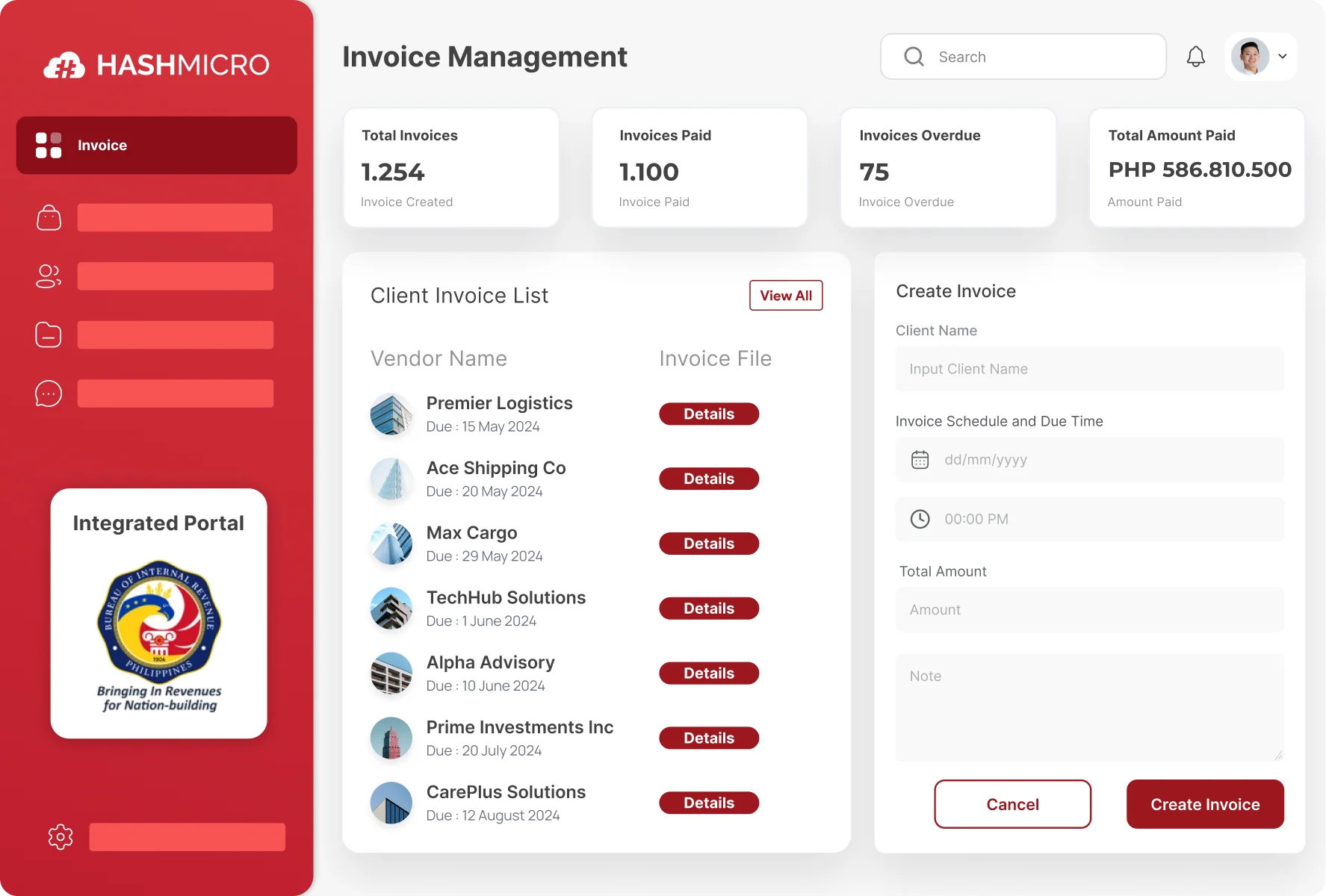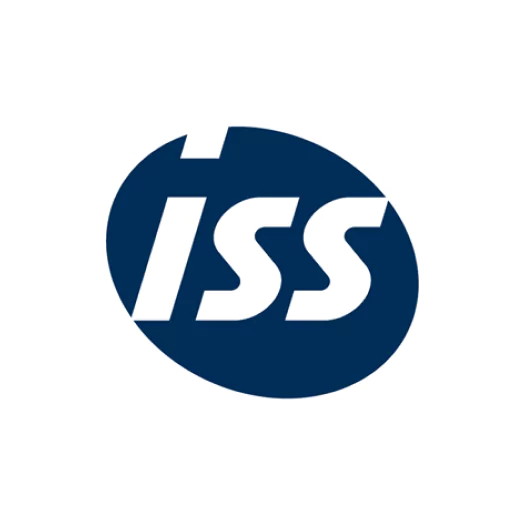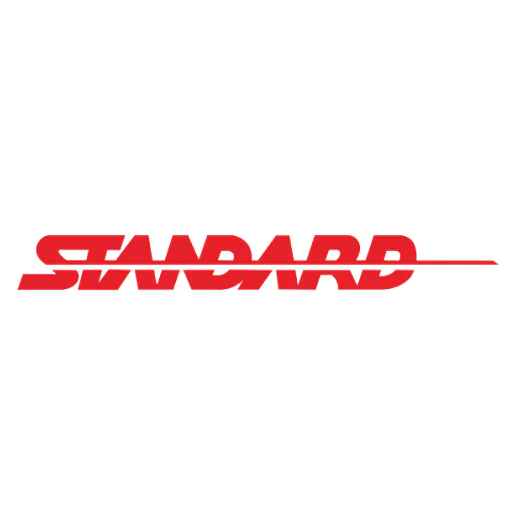In the business sector, the term “invoice” is widely recognized among entrepreneurs. An invoice, also known as a resibo, is a crucial document that records the sale of goods or services.
To facilitate the process of making and sending the bills, many businesses now rely on invoice management systems to create and manage the documents more efficiently. Why’s that? you might ask. That’s because this software automates invoice generation, simplifies billing, and reduces manual errors.
However, maybe there are still some businessmen out there who are still confused about how to make a proper invoice. Or how to track them and make sure that everything is accounted for, from the recently made ones to the already-paid ones.
Therefore, join us as we will explore what an invoice is, how to create one, its importance for businesses, and how an invoicing software contributes to making the entire process of sending and paying invoices faster.
Key Takeaways
|
Table of Contents
What is an Invoice?
An invoice is a dated commercial document that details and records a transaction between a buyer and a seller. If the purchase was made on credit, it usually includes the payment terms and available payment methods.
The document must clearly indicate that it is an invoice. It generally features a unique invoice number for tracking purposes and includes the seller’s or service provider’s contact details in case of billing issues.
Invoices often specify payment terms, including discounts, early payment options, or penalties for late payments. They also list item prices, quantities, shipping costs, taxes, and other charges, providing a breakdown of the total amount due.
Types of Invoice
Here are five types of invoices that any companies usually use in their regular transactions:
1. Pro forma invoice
A pro forma invoice is a preliminary bill of sale sent to buyers before delivering goods or services. It outlines the transaction details, including item descriptions, prices, and estimated costs. Pro forma invoices are commonly used in international trade to help with customs clearance and buyer approval.
2. Commercial invoice
A commercial invoice is an official document used in international trade to detail the sale of goods. It includes product descriptions, quantities, values, and shipping details for customs clearance. Commercial invoices are required for cross-border transactions to determine duties and taxes.
3. Credit note
A credit note is a document issued by a seller to reduce or cancel an invoice amount due to returns, discounts, or errors. It provides a reference to the original invoice and adjusts the buyer’s outstanding balance. Credit notes help businesses correct invoicing mistakes or provide refunds efficiently.
4. Timesheet invoice
A timesheet invoice is a billing document used by service providers who charge based on time worked. It typically includes hours logged, hourly rates, and task descriptions for clients. Timesheet invoices are common in freelance, consulting, and professional service industries.
5. Recurring invoice
A recurring invoice is an automated bill issued at regular intervals for ongoing services or subscriptions. It includes details such as service descriptions, payment terms, and billing frequency. Recurring invoices are used for memberships, software subscriptions, and utility payments.
Functions of Invoice
Invoice is important for everyday business processes, since its main function is to be the official document that records all sales transactions, whether goods or services. But actually, invoices have more benefits and are important for smooth business operations.
Here’s some of the main functions and benefits:
1. Proof of Transaction
Invoice confirms that a deal between seller and buyer really happens. It lists down all the details: what was sold, price, quantity, and total cost.
With this document, both sides got clear payment proof as proof of the transaction, so it will reduce the risks of dispute or argument since there’s clear proof that a transaction has happened.
2. Managing Cash Flow
Invoice also helps to manage business cash flow. Businesses can estimate when money is coming in, so they can plan their expenses and handle debts. As a result, the company’s funds can be allocated to different priorities, from paying invoices to saving for emergency costs.
3. Accounting Records
For accounting, invoice acts as an official record of income and outstanding payments. It makes bookkeeping easier, as well as helps in financial reports, audits, and verification. If the invoice is all properly recorded, finances will be neat and comply with tax regulations, so won’t be in trouble.
4. Quality Control & Customer Satisfaction
Since the invoice has details of goods or services, businesses can use it to check if orders are delivered correctly and up to standard. If there is an issue, a company can use the invoice to process claims or refunds quickly, so customers are also happy and trust the business more.
5. Makes Payment Easier
A clear and detailed invoice makes it easy for buyers to pay up. It’s got full information on how much to pay, accepted payment methods, so payments are confirmed on time. Using invoicing software is way faster, as it can offer e-payment options and even send auto reminders.
If businesses use invoices properly, they can improve efficiency, stay compliant, and grow long-term without so much headache.
Elements of an Invoice
 A legally valid invoice should include all necessary details to facilitate payment and provide a way for customers to ask questions. Here are the key components of an invoice:
A legally valid invoice should include all necessary details to facilitate payment and provide a way for customers to ask questions. Here are the key components of an invoice:
- The word “INVOICE”: The document must prominently display “Invoice” along with the company logo for easy identification.
- Invoice number: Each invoice should have a unique identifier, such as an invoice number, purchase order number, or reference number, to distinguish it from others.
- Date of service rendered: Including the date of service or sale helps with proper record-keeping and organization.
- Date of invoice issuance: The document should specify the date it was sent to ensure timely payment.
- Seller’s name and contact details: The seller’s business name and contact information should be clearly stated to assist customers with inquiries.
- Buyer’s name and contact details: The client’s contact information must be included for legal and record-keeping purposes.
- Terms and conditions: The document should outline payment terms, due dates, and penalties for late or partial payments.
- Description of products or services: Each item or service provided should be listed with clear descriptions.
- Unit price: The cost per unit of each product or service must be specified.
- Tax details: The invoice should include applicable tax rates and taxable amounts.
- Total amount due: The full amount owed, along with the currency, should be clearly displayed.
- Personalized note: Adding a custom thank-you message can enhance customer relations.
How to Create an Invoice
Making a proper invoice is super important for smooth business transactions. Here’s what you need to do to make sure everything goes well:
1. Prepare Basic Info
First step, collect all the important details. This includes the full name and address of both seller and buyer, tax identification number (TIN), and contact info.
Make sure all the details are correct and updated so there is no hassle later. If you’re using invoicing software, it’s easier; the contacts are already saved for future transactions, saving time and effort.
2. Create a Unique Invoice Number
Each invoice needs a unique number para madali i-track at i-manage. Usually, it’s a mix of letters and numbers arranged systematically.
Consistent numbering helps you quickly find invoices, monitor payments, and keep accounting records organized.
3. Add Transaction Details
The full details of the products or services you sold must be included here. Product/service name, quantity, unit price, and subtotal per item are included.
Make sure it is clear and complete to avoid confusion. If there is a tax such as VAT, include the percentage and amount separately for transparency.
4. Set Date & Due Date
Include the issue date of the invoice, which is when it was created. Also, include the due date para alam ng buyer kung kailan kailangan magbayad.
Due date helps manage cash flow and makes sure payments come in on time. When the due date is clear, there are fewer chances of late payments and finances are in order.
5. Provide Payment Methods
Tell the buyer what payment methods are available. Bank transfer, GCash, Maya, check, or credit card are possible. Also, include bank details or payment links if applicable.
The more options, the more convenient for customers, and the faster the payment. Just make sure all payment details are correct so there is no hassle in the transaction.
6. Include Terms & Conditions
If there are special terms like discounts for early payment or penalties for late payments, make sure they are listed on the invoice. Why’s that? Clear terms help set expectations and avoid misunderstandings between seller and buyer.
Problems with Creating Invoice Manually
Some businesses still use manual invoices, especially small ones. However, this method often causes many challenges. Here are some common issues businesses face when using manual invoicing:
1. Errors and Inaccurate Data
Manual data entry often leads to mistakes, such as incorrect details, wrong amounts, or missing important information. Even minor errors cause major discrepancies in calculations, which affect financial records.
2. Takes Too Much Time
Manual invoice creation requires more time since businesses must enter each detail separately. When transactions increase, this process becomes overwhelming and reduces operational efficiency.
3. Hard to Track and Store
Manually handling invoices makes tracking and storage more difficult. Physical copies often get lost or damaged, which creates problems when retrieving documents for audits or billing.
4. Causes Late Payments
Manual invoicing slows down invoice delivery, especially when using physical copies. This delay often leads to late payments since customers receive invoices too late.
5. Lacks Automated Payment Reminders
Without automation, businesses must manually follow up on unpaid invoices. This process consumes time and increases the chances of overdue payments.
Manual invoicing seems simple at first, but as the business expands, this method might create inefficiencies and slow down the overall progresses.
Generate and Manage Invoices Easier with HashMicro
 Are you still managing invoices manually? Nakaka-stress, isn’t it? With HashMicro e-Invoicing Software, you can simplify invoice creation, save time, and reduce errors while making sure that every transaction is accurate.
Are you still managing invoices manually? Nakaka-stress, isn’t it? With HashMicro e-Invoicing Software, you can simplify invoice creation, save time, and reduce errors while making sure that every transaction is accurate.
Powered by Hashy AI, the system automates complex calculations and minimizes human errors, ensuring precision in every invoice. It also offers an easy-to-use invoicing feature that integrates seamlessly with other modules.
With a user friendly interface, users can quickly generate invoices by entering details such as seller and buyer names, product or service descriptions, prices, and total costs.
Beyond invoice creation, HashMicro helps track and manage invoices effortlessly. Set due dates, send automatic invoices via email, and ensure payments arrive on time, no problem.
Why Choose HashMicro for Invoice Management? Let’s take a look at the features:
- Invoice Management: Create, edit, and track invoices in one place with automated payment reminders.
- Recurring Invoices: Automate invoices for subscriptions and long-term contracts.
- Custom Invoice Printout: Personalize invoices with your brand’s logo, colors, and layout.
- Bank Integration – Auto Reconciliation: Sync bank transactions with invoices for accurate records.
- Budget S Curve: Monitor expenses and revenue over time with a visual S-curve.
- Multi-Level Analytics: Gain deeper insights into business performance with detailed reports.
With these features, you don’t need to worry about your invoicing anymore, since this system will keep everything on track for you.
Conclusion
An invoice is an important document that records every transaction between buyers and sellers for goods or services. With different invoice types available, companies can easily organize transactions and maintain accurate records.
Pero aminin na natin, manual invoicing takes too much time, increases errors, and causes late payments. HashMicro’s e-invoicing software can automate invoice creation, seamless tracking, and on-time payments without hassle.
With an easy-to-use interface, automated billing, and accurate tracking, wala nang stress sa manual invoicing. Moreover, it has features like automated reminders and full system integration to make your life easier.
So, if you are interested, try the free demo now by contacting our expert team!

Frequently Asked Questions on Invoices
-
How can I mark invoices as settled if clients pay with cash or checks?
To record payments made via cash or checks, you can create offline payment records in your invoicing system. This ensures that all transactions are accurately documented, even when electronic payment methods aren’t used.
-
Is it possible to reset the invoice numbering sequence?
Typically, invoice numbers are sequential and cannot be reset to avoid duplication. However, you can use prefixes or suffixes to indicate different periods or projects, helping to organize and identify invoices more effectively.
-
Can I customize the appearance of my invoices, such as adding a company logo or changing the title?
Yes, many invoicing systems allow you to personalize your invoices by adding your company logo, changing titles, and adjusting other elements to align with your brand identity. This customization helps present a professional image to your clients.
-
How do I handle a situation where a client has overpaid or paid an invoice twice?
In cases of overpayment or duplicate payments, you should issue a refund for the excess amount. This can usually be done through your payment processing system or by creating a credit note that can be applied to future invoices.
{
“@context”: “https://schema.org”,
“@type”: “FAQPage”,
“mainEntity”: [{
“@type”: “Question”,
“name”: “How can I mark invoices as settled if clients pay with cash or checks?”,
“acceptedAnswer”: {
“@type”: “Answer”,
“text”: “To record payments made via cash or checks, you can create offline payment records in your invoicing system. This ensures that all transactions are accurately documented, even when electronic payment methods aren’t used.”
}
},{
“@type”: “Question”,
“name”: “Is it possible to reset the invoice numbering sequence?”,
“acceptedAnswer”: {
“@type”: “Answer”,
“text”: “Typically, invoice numbers are sequential and cannot be reset to avoid duplication. However, you can use prefixes or suffixes to indicate different periods or projects, helping to organize and identify invoices more effectively.”
}
},{
“@type”: “Question”,
“name”: “How do I handle a situation where a client has overpaid or paid an invoice twice?”,
“acceptedAnswer”: {
“@type”: “Answer”,
“text”: “In cases of overpayment or duplicate payments, you should issue a refund for the excess amount. This can usually be done through your payment processing system or by creating a credit note that can be applied to future invoices.”
}
},{
“@type”: “Question”,
“name”: “Can I customize the appearance of my invoices, such as adding a company logo or changing the title?”,
“acceptedAnswer”: {
“@type”: “Answer”,
“text”: “Yes, many invoicing systems allow you to personalize your invoices by adding your company logo, changing titles, and adjusting other elements to align with your brand identity. This customization helps present a professional image to your clients.”
}
}]
}




































